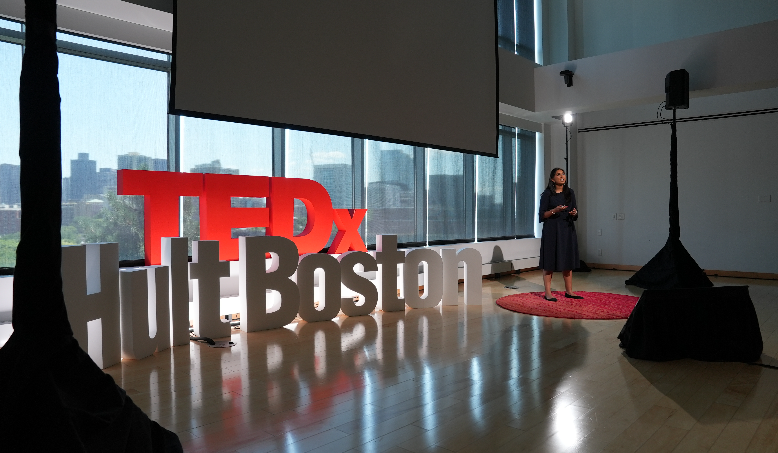In our fast-paced world, the advent of artificial intelligence (AI) promises to reshape how people approach everyday tasks, enhancing efficiency and creativity. Picture a busy weeknight when someone comes home after a long day, staring at a pile of onions that need to be chopped for dinner. Instead of sweating over a cutting board, they might dream of a little robot taking care of that task, freeing them up to focus on the enjoyable aspects of cooking—experimenting with flavors, creating new recipes, or spending quality time with family. This vision isn’t just a pipe dream; it’s a glimpse into the transformative power of AI.
AI is more than just a buzzword; it’s an extension of technology and machinery that has become integral to human evolution. It serves three primary purposes: reducing human error, saving time, and enhancing output. For educators, embracing these benefits is crucial, particularly in business analytics classrooms where traditional learning models often fall short.
Rethinking Classroom Dynamics
Traditionally, a 90-minute business analytics class is divided into three segments: the first 30 minutes are spent identifying problems and proposing solutions, the next 45 minutes involve coding, and the final 15 minutes focus on potential enhancements if time permits. This 50/50 split—between building solutions and driving impact—limits students, especially those who are non-technical. Many students struggle with steep learning curves in programming languages, which can inhibit their ability to innovate.
Data from the Data Literacy Project highlights this issue: in 2020, only 21% of global workers felt confident in their data literacy skills. Despite 96% of companies investing in data initiatives, only 26% can leverage these efforts for a competitive advantage. This gap indicates a pressing need for educators to re-evaluate how they teach and incorporate automation into their curriculum.
The Role of Generative AI
To bridge this gap, educators can leverage generative AI tools, such as ChatGPT, to transform the classroom experience. By re-structuring the traditional 90-minute session, they can allocate 30 minutes to identifying problems and proposing solutions, followed by 45 minutes of AI-supported exploration of various solutions. This concludes with 15 minutes dedicated to critical thinking about enhancements. This adjustment shifts the balance from a 50/50 split to a more impactful 75/25 ratio, allowing students to engage with multiple solutions rather than getting demotivated by coding.
This approach facilitates deeper conversations around data analysis and interpretation. Instead of focusing on syntax errors or technical issues, students can engage in meaningful discussions about data trends and insights. The shift in focus is essential; missing a semicolon may halt progress, but a data-literate student can identify correlations and trends, ultimately driving innovation.
Facilitating Collective Intelligence
The role of educators is evolving. They are no longer just instructors but facilitators of collective intelligence, combining AI and human ingenuity to enhance learning. This partnership enables students to explore multiple avenues of problem-solving, fostering an environment where innovation thrives.
As educators embrace this model, the focus must shift to empowering students to leverage AI, allowing them to think creatively and critically. With the right tools and support, students can focus on what truly matters: the impact of their work.
The Future of Education
The integration of AI into education is not merely about automation; it’s about creating a dynamic learning environment where students can thrive. By reimagining classroom structures and embracing new technologies, educators can ensure that students are not just consumers of information but innovators ready to tackle real-world challenges.
In this new landscape, students can be expected to approach problems with a mindset focused on impact rather than simply completing tasks. They will be equipped to identify trends, analyze data, and propose creative solutions—all while reducing the time spent on technical hurdles.
As we look to the future, the synergy of AI and human intelligence will become increasingly vital in preparing students for tomorrow’s challenges. Embracing this transformation is essential for educators who aim to cultivate the next generation of thinkers, creators, and leaders.
In conclusion, by integrating AI into teaching methodologies, educators can revolutionize education, empower students, and foster a culture of innovation that benefits not only classrooms but society. Together, they can build a future where technology and humanity collaborate to drive progress and creativity.


